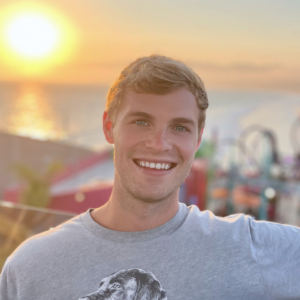 Mitchell Beers
Mitchell Beers
MPH ’23 Health Policy
He/him/his
One of the biggest questions I had when starting this program was where to live. I have lived in and around Boston for the last eight years and still found the decision daunting. Luckily, Boston is a great city with a lot to offer, so you will likely be happy anywhere. This post will give you an idea of some of the most common areas where Harvard Chan students live and the benefits of those areas. (Though this list is not exhaustive and many students live outside these neighborhoods, too.)
For your reference, Harvard Chan School is located in the Longwood Medical Area (LMA). There is limited housing in the LMA, as it is where many of Boston’s medical centers are located, but the neighborhoods below are convenient for Harvard Chan students.
You can find a helpful and interactive map of Boston neighborhoods here.
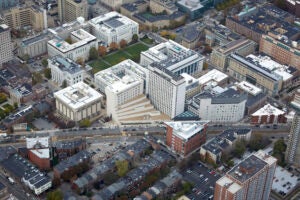
Mission Hill
Mission Hill is the closest neighborhood to Harvard Chan School and is only a 5–10-minute walk to campus. It is likely the most affordable area to live on this list, and probably houses the highest total number of Harvard Chan students. There are also a lot of other students from surrounding universities that live in this area. Mission Hill provides convenient access to downtown Boston via the Green Line of the Massachusetts Bay Transit Authority (the MBTA, or colloquially referred to as “the T”). If you choose to cross-register at other Harvard graduate schools in Cambridge, there is a free shuttle service for Harvard students that will transport you, or you can take the MBTA bus. A favorite spot of mine in this area for food or drinks after class is the Squealing Pig.
Brookline
Brookline is a city that is almost completely surrounded by Boston. The parts of Brookline that are closest to the Longwood Medical Area are where students commonly live. This area is more residential and boasts a family/community feel. Depending on where you live in Brookline, you could walk to school or take the same bus that provides access to Harvard Square. This area is farthest from downtown Boston but it is still accessible via the T. A great place here for dinner and drinks is the Blossom Bar.
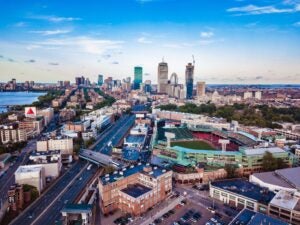 Fenway/Kenmore
Fenway/Kenmore
Fenway is famous for the Boston Red Sox ballpark, Fenway Park. Most apartments in this area would be a 10–20-minute walk to campus. This is also where the Harvard T.H. Chan School of Public Health Shattuck International House is located. People living here are generally young and there are a lot of bars and restaurants. It also has Boston’s biggest Target, which is a nice perk. There is both a shuttle and a bus nearby to take you to the Harvard campus in Cambridge, which is helpful if you plan to cross-register at schools there. One of my favorite spots here is Time Out Market.
Harvard Square/Central Square
Harvard Square and Central Square are both areas in Cambridge, which is just north of Boston on the other side of the Charles River. It is where the undergraduate campus and many of Harvard’s other graduate schools are located. It is a fun area with a lot of young people and has a very academic vibe. Commuting to Harvard Chan School’s campus from here takes a bit longer, but there is a shuttle service or the bus. One of my favorite spots here is Daedalus Restaurant.
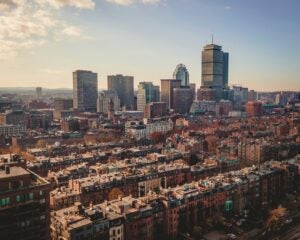 Back Bay/South End
Back Bay/South End
Back Bay and the South End are two neighborhoods near downtown Boston. Because of this, rent here can be a bit pricier, but if you are looking to be close to great shopping and dining, this is the place to be. The MBTA Green Line and bus make living in these neighborhoods a quick commute to the Harvard Chan School. The shuttle and another bus also make commuting from these neighborhoods to the Harvard Cambridge campus very easy. My favorite pastry shop, Café Madeleine, is in the South End and the Earls Prudential rooftop has a great view of Back Bay.
No matter where you end up living, you should visit all of these neighborhoods to explore everything the Boston area has to offer!
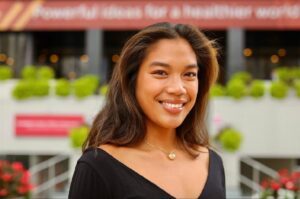 MyMai Yuan
MyMai Yuan
You must be logged in to post a comment.